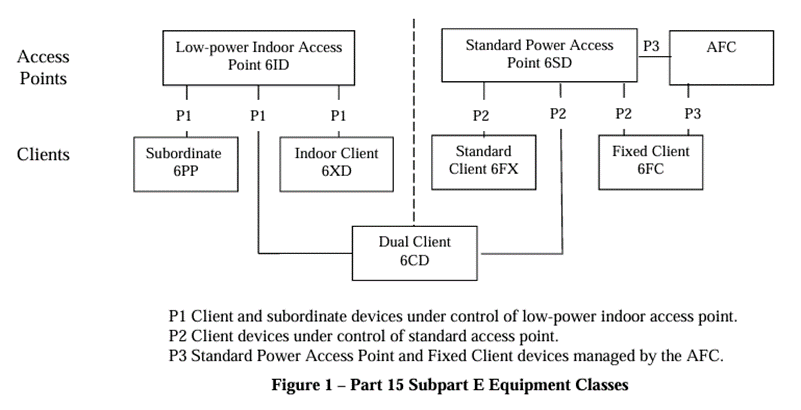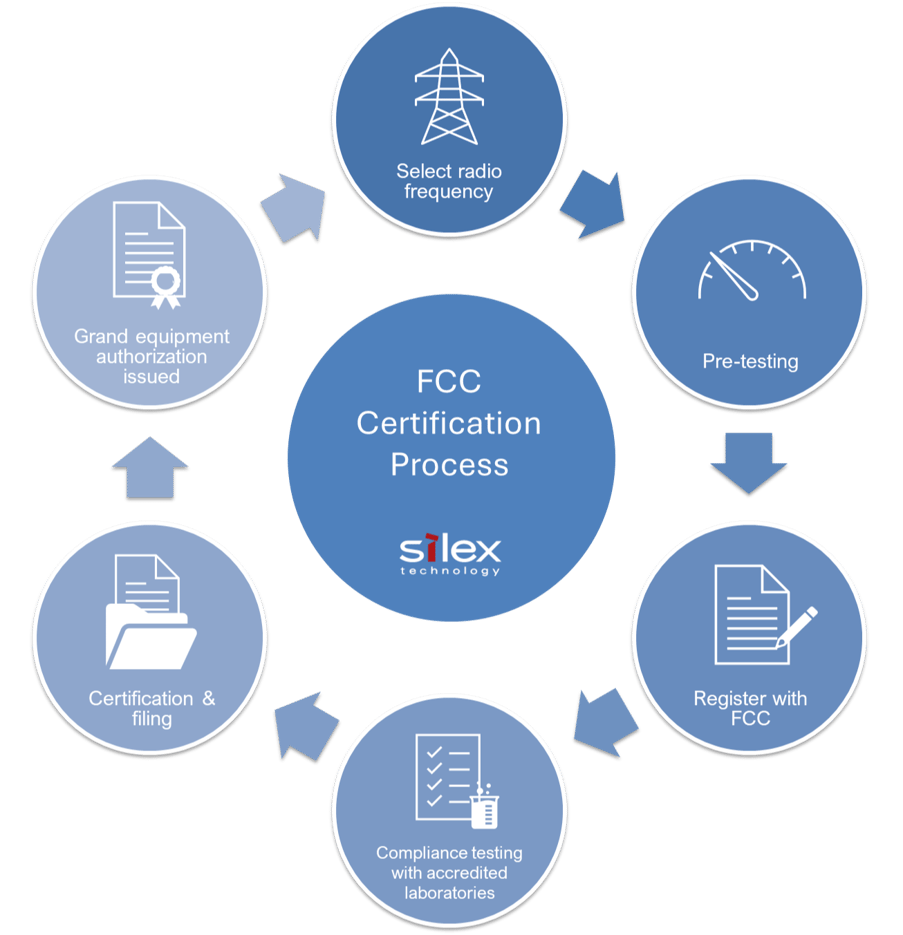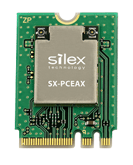Posted by Priscilla Soerachmat, March 21, 2024
Navigating the 6GHz Spectrum: Understanding 6ID and 6SD Equipment Classes
In August 2023, the FCC's phase 2 approval significantly expanded the regulatory framework for U-NII 6 GHz operations, introducing more stringent requirements and broadening the scope for device certification. Among the spectrum of approved equipment classes, 6ID (Low Power Indoor Devices) and 6SD (Standard Power Devices) stand out—not as the core of this regulatory evolution, but as essential elements for a deeper exploration due to their specific implications for indoor and standard power devices Access Points. By understanding the intricacies of 6ID and 6SD certifications, stakeholders from manufacturers to end-users can navigate the complexities of FCC regulations more effectively, ensuring devices meet the latest standards for safety, efficiency, and interoperability.
Wi-Fi 6E U-NII band frequency Allotment and Equipment Classes


Comparing 6ID and 6SD Specifications
- 6ID (Low Power Indoor Devices):
- Power Limit: 6ID devices are subject to lower power limits. This restriction is in place to reduce the likelihood of interference with incumbent services in the 6GHz band.
- Operational Environment: Restricted to indoor operation to reduce outdoor interference risks.
- Automated Frequency Coordination (AFC) Requirement: 6ID devices do not require AFC. Since they operate at lower power levels and are confined to indoor environments, the risk of interference is significantly reduced.
- Antenna: The use of an integral antenna in these devices guarantees consistent performance and compliance with FCC emission standards.
- Power Source Requirement: Must be powered by a wired connection, not battery power, except during outages for battery backup.
- Weatherized Enclosure: 6ID devices are not permitted to use weatherized enclosures, reinforcing the FCC's mandate for these devices to be strictly used indoors. This rule ensures that 6ID devices remain within their intended indoor operational environment, preventing misuse that could potentially interfere with the 6GHz band's incumbent users.
- Use Cases: 6ID devices are ideal for typical indoor Wi-Fi applications, like home and office Wi-Fi networks.
- 6SD (Standard Power Devices):
- Power Limit: 6SD devices are allowed to operate at higher power levels compared to 6ID devices. This enables them to provide wider coverage and potentially better performance.
- Operational Environment: 6SD devices can be used both indoors and outdoors. Their higher power levels make them suitable for a broader range of applications, including those requiring outdoor coverage.
- Automated Frequency Coordination (AFC) Requirement: 6SD devices must use an AFC system to prevent interference with incumbent users of the 6GHz band. The AFC system dynamically assigns appropriate frequencies and power levels.
- Antenna Requirement: Unlike 6ID devices, 6SD devices do not have a specific requirement for an integral antenna, allowing for greater flexibility in choosing antenna types and configurations to suit various deployment scenarios. This flexibility aids in optimizing coverage and performance for both indoor and outdoor environments.
- Use Cases: 6SD devices are more versatile due to their higher power and outdoor capability. They can be used for larger Wi-Fi networks, including those in commercial and industrial settings, and for outdoor hotspots.
Automated Frequency Coordination (AFC): Ensuring Regulatory Adherence for 6SD Devices
Automated Frequency Coordination (AFC) is designed to protect existing 6GHz services from interference by regulating new devices like Wi-Fi 6E routers. It operates in real-time, using a database of incumbent users to assign frequencies to devices based on location, ensuring efficient spectrum use without congestion. AFC requires devices to communicate their geolocation for precise frequency allocation and mandates secure data exchange to prevent unauthorized access. This system adds complexity and potential costs to device design but remains transparent to end-users, facilitating seamless frequency coordination. Thus, AFC is a critical component in the management of the 6GHz spectrum, especially for Standard Power (6SD) devices under the FCC’s regulations.
Exploring Integral Antennas: Their Influence on 6ID Device Compliance
Integral antennas are built-in components of devices, designed as permanent fixtures rather than detachable parts. Specifically engineered to match the device's RF characteristics, integral antennas are optimized for the device's intended operational environment and performance requirements. Their inclusion helps ensure compliance with regulatory standards, streamlining the certification process by maintaining consistent and predictable performance characteristics as part of the device's design. For example, Wi-Fi modules commonly feature integral antennas, such as PCB antennas, chip antennas, ceramic antennas, flexible printed circuit (FPC) antennas, and internal dipole antennas. These variants cater to specific design considerations, offering solutions for volume-constrained environments, portable devices, single-band applications, space optimization, and performance enhancement, respectively. Integral antennas play a crucial role in 6ID devices, ensuring reliable connectivity and regulatory adherence within indoor environments.
Currently, 6ID devices are the only viable choice for customers requiring Access Point functionality in the 6GHz range for indoor use. While the 6SD devices are theoretically superior due to their indoor and outdoor capabilities, the reality of certifying them is complex. Customers must verify AFC support with their module manufacturer, as this is a new technology that many are encountering for the first time. Additionally, some testing labs are not yet equipped to handle 6SD certification, which can pose a challenge for manufacturers ready to test and certify their products. This situation reflects the broader context of an industry in transition, adopting new standards and adapting to new regulatory requirements.
⏰ Speed Up your Time to Market
with Silex's full-service certification services
With over 20 years of experience as a Wi-Fi module provider, Silex can help you navigate the complexities of regulatory compliance and provide you with a step-by-step approach to getting your products certified faster!

Silex's Featured Wi-Fi 6/6E modules
|
Wi-Fi 6E + Bluetooth 5.2 PCI Radio Module |
Wi-Fi 6/6E Access Point Modules |
Wi-Fi 6 +Bluetooth Stand-alone System on Module |
 |
_sml-1-1.png?width=89&height=151&name=SX-PCEAX-AP_R2%20(1)_sml-1-1.png) |
_150x150.png?width=125&height=118&name=IM-100(MHF)_150x150.png) |
Visit www.silextechnology.com for more information


